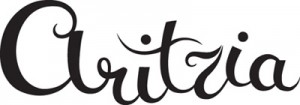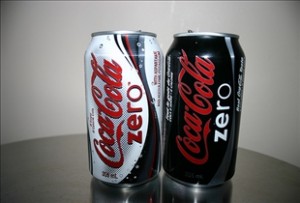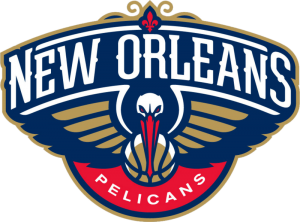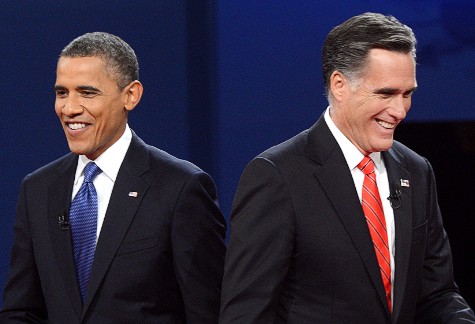This year in Comm 296 Introduction to Marketing was truly an eye opening experience.
Contrary to many of my schoolmates who are enrolled with another marketing professor, I had the opportunity to film a video assignment instead of presenting a final business presentation at the end of the term.
My team collectively chose Aritzia, the female clothing store that began in Vancouver. Although I didn’t know much about Aritzia at first, this video project really allowed me to learn about the company and present my findings and recommendations in a new refreshing manner.
What I enjoyed most about this project was the teamwork required in producing. Granted, it took a lot of time to layout a concept for the video and at the same time transfer our research from our previous research assignments into a script for our members, I had a lot of fun bouncing ideas off of each other with my teammates whom I can now call friends. Compared to a generic presentation and recommendation where most people simply try to produce their own parts and come together to rehearse, the video project really required every member to meet up to plan and film over several meetings.
A lot of effort was put into the project and I feel that the end result was worth it. I highly recommend that the first years next year taking comm 296 do a video assignment as well. Oh and one tip, it always helps to have a teammate who is strong at video editing or else your video might look terrible.













